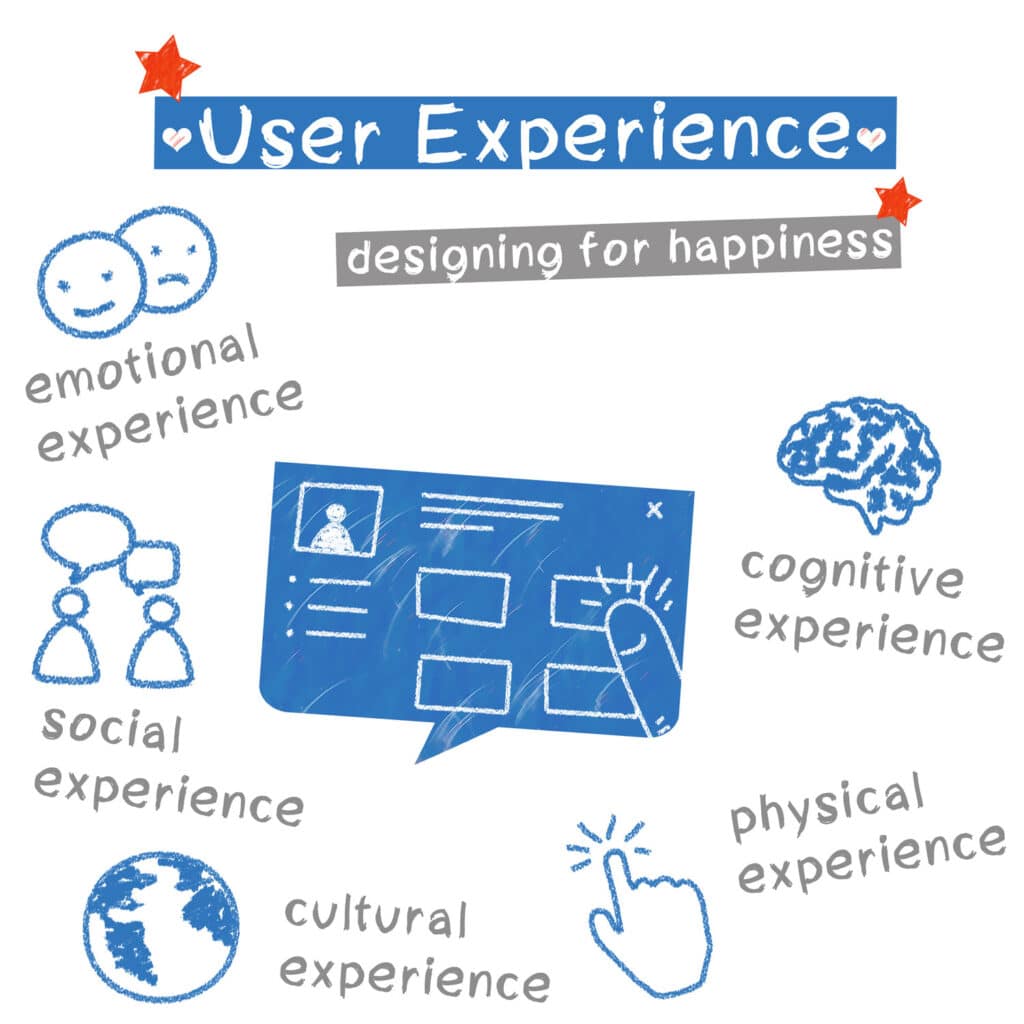Blog > AWS Lex Chatbot Ecosystem for Business

Due to the advent and rise of the Corona Virus disease of 2019, most countries have gone under lockdown, and all the corporate officers have adopted the work-from-home fashion. In such a scenario, cloud computing cut down costume servers and their maintenance cost and made it easier to scale the process. One of the market leaders for cloud computing is Amazon. Amazon’s one of the most powerful and extremely functional features that have come out of Amazon Web Services is a chatbot.
What is a Chatbot?
A chatbot is an application that allows users to interact with an application as simple as an FAQ application. Where the user asks for a query, and the application comes back with the response. Using a chatbot, the user can have an interactive discussion instead of searching a website or application to get the information.
It’s no secret that many companies are trying to re-imagine how to improve their application user experience and build a conversational interface to interact with their application through voice or text commands.
AWS Lex Chatbot
AWS Lex Chatbot Ecosystem is a service for building conversational interfaces into any application using voice and text. Amazon Lex chatbot can build conversions using voice and text. AWS Lex uses advanced deep learning techniques like Natural Language Processing (NLP) to understand the meaning of the text and Automatic Speech Recognition (ASR). Moreover, users can convert speech to text. In simple terms, users have to create a chatbot according to their needs without any prior knowledge of complex technologies.
Organizations can also build powerful interfaces to use with mobile applications and build highly interactive and conversational user experiences for connective devices in the Internet of Things (IoT). It allows an organization to build enterprise chatbots to check sales data, marketing performance, and much more.
Benefits of AWS Lex Chatbot
- It is offering an easy-to-use console and a predefined bot. It allows users to create their chatbots just in a few minutes.
- Employ advanced deep learning functionalities so that the user can apply their example phrases, and Amazon Lex will train your bot to the next level.
- Provide seamless deploying and scaling; that’s why a business doesn’t have to worry about scaling their bot for later applications.
- AWS Lex Chatbot ecosystem offers built-in integration with AWS platforms like Lambda, DynomoDB, amazon poly, and many others.
- With Lex chatbot, there are no upfront costs an organization has only charged for text or the speech request you make.
- Lex chatbot provides Automatic Speech Recognition, which provides natural language understanding to understand the text’s meaning.
How does Amazon Lex Chatbot Work?
When a Lex chatbot receives input, it either replies with a relevant message or completes the user’s desired task. This process triggers a lambda function that integrates with other services like dynamodb, S&S, poly, and many others services and performs the necessary action by providing the desired result.
The necessary steps to follow while working with Amazon Lex are as follows:
- Create a chatbot and configure it with intent, slots, and utterances.
- Test the bot on the text window slide provided by the Lex console.
- Publish a version and create an alias.
- Deploy the bot on suitable platforms.
Amazon bot: An artificial intelligence program that simulates an interactive conversation.
Intent: An intent represents an action that the user wants to perform; for example, if you’re going to order a service, then ordering the service is your intent and every intent has a descriptive name. It has utterances, which means how you want to convey your intent; for example, if you’re going to order a service, you can say, can I order service? Or I want to order a service.

Slots: Slots are pentameters that intent might require. For example, if a user wants to order or buy a service, they need to specify a service name, type, and other specifications that serve nothing but a slot.
Slot Type: Every slot has a slot type; you can create a built-in or custom slot type. For example, if you consider a service type, a business has development tools, databases, storage, networking, migration, etc.
Intent Fulfilment: It is nothing but how you want to fulfill the intent after the user provides the necessary information.
Author: SVCIT Editorial
Copyright Silicon Valley Cloud IT, LLC.